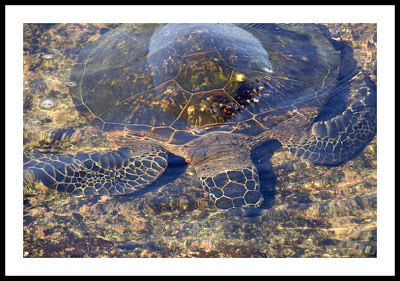THERE ARE WORDS... LIKE
STOP AND
BUTI love the word
but,
just three letters,
two consonants and a vowel.
When it intrudes on a thought,
interrupts an idea,
stops what was thought to be logic
dead in its tracks,
nothing is left unexamined.
The whole world vibrates,
sits up and takes notice
waiting for the other shoe to fall.
There is nothing subtle about it.
A rhetorical question sneaks around an idea
slipping up on the process of thought
as if to keep it from running away.
But doesn't pull any punches.
It says, "You may have thought this.
I'll tell you another way to look at it."
And, ready or not, you get the new angle
on whatever idea it was you were considering
before the little contrary consonant jumped in
to force another look at the issue.

 Nancy, David H., Ed, and I got up at five o’clock to go fishing for Maji Maji. We were on the boat heading out of the marina at six o’clock. Ed caught the first and only fish of the morning at a quarter to seven. Fantastic day... maji maji for supper tonight, and for the rest of the week. The fish weighted over twenty-five pounds. Later in the day we drove for half an hour from the warm beach house where we are staying up to a cloud forest where it was cool enough in the middle of the day for a jacket.
Nancy, David H., Ed, and I got up at five o’clock to go fishing for Maji Maji. We were on the boat heading out of the marina at six o’clock. Ed caught the first and only fish of the morning at a quarter to seven. Fantastic day... maji maji for supper tonight, and for the rest of the week. The fish weighted over twenty-five pounds. Later in the day we drove for half an hour from the warm beach house where we are staying up to a cloud forest where it was cool enough in the middle of the day for a jacket. 



















































